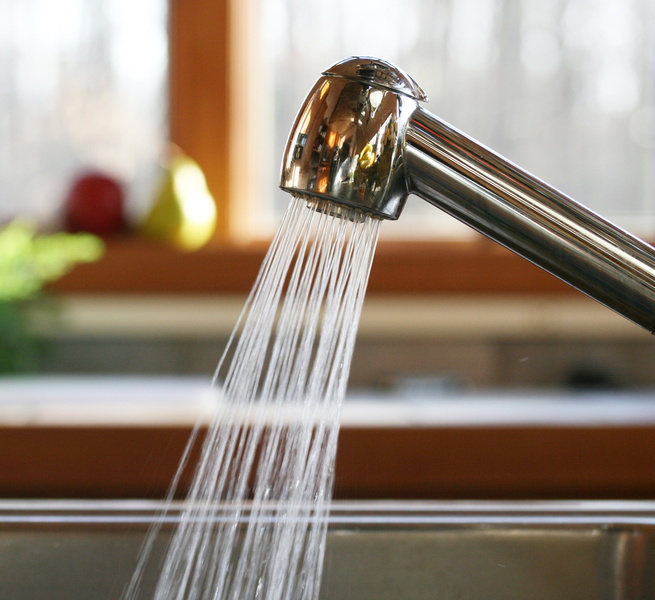 The low-flow plumbing installation, also known as a water-efficient plumbing fixture, is something we recommend all homeowners give serious consideration to. Whether you live in an older or newer home, there are ways you can benefit from a low-flow toilet, showerhead, or faucet someplace in the house—and probably in many places!
The low-flow plumbing installation, also known as a water-efficient plumbing fixture, is something we recommend all homeowners give serious consideration to. Whether you live in an older or newer home, there are ways you can benefit from a low-flow toilet, showerhead, or faucet someplace in the house—and probably in many places!
But it isn’t as simple as buying a faucet on your own and putting it in. You’ll need the assistance of experts to handle these plumbing installation services in Orlando, FL. Our team of plumbers are pledged to providing quality, performance, and value on each job, and they’ll find the best way to outfit your home with water-efficient plumbing fixtures. We offer free estimates.
These Installations Do Make a Difference
Reducing water consumption is not only good for your home and budget, it’s good for the planet. So all the advantages we list here apply on a personal, local, and global scale. For example, if every home in the US installed low-flow showerheads, it would mean savings of 260 billion gallons of water annually.
We’ll start with the fixture that benefits the most from the low-flow model, which is the toilet. The toilet accounts for 40% of indoor water use, the largest percentage of any appliance. Even a small reduction in the gallons per flush of a bathroom toilet will have an impact on overall water use. Older toilets (more than 20 years old) may use 5 to 6 gallons per flush. Newer toilets may use around 3. But a low-flow toilet uses 1.28 gallons per average—and that’s a huge change. Look for the WaterSense label on toilets to find one that will conserve the most water. With this type of toilet, your family could save more than $2,200 over the lifetime of the unit.
Showers are another place where you consume a large amount of fresh water, approximately 17% of indoor water use. A standard showerhead uses 2.5 gallons per minute. A low-flow model, in order to earn the WaterSense label, must use under 2 gallons per minute. The average family will end up saving 2,900 gallons per year if all the showerheads are replaced with WaterSense-approved units. But there’s more to this than saving water—low-flow showerheads reduce the amount of hot water used in the house, and this reduces the energy use for the water heater. A family can save enough energy using a low-flow showerhead to power a house for 13 days straight.
What about faucets? The standard bathroom sink faucet has a flow rate of 2.2 gallons, and a low-flow faucet reduces that by 30%. The cumulative savings from making this switch can add up to 700 gallons per year, which is enough for 40 showers worth of water. As with the showerheads, a low-flow faucet also helps save energy with lower demand for hot water.
You can see the options available to you and the difference they can make. Get started today with making your home into a water sensible one—and one that saves you money each day, month, and year.
